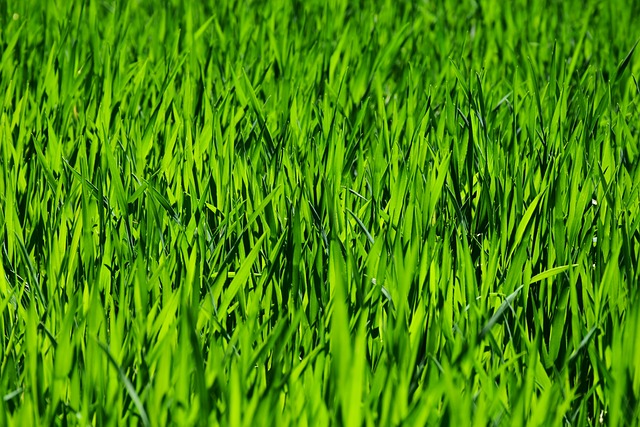Lawn fertilization and weed control are essential components of Lawn Care and Landscaping. Fertilizers provide vital nutrients for grass growth, health, and disease resistance. Proper application methods and timing enhance these benefits while suppressing weeds. A strategic, year-round approach combining fertilizers, pre-emergent/post-emergent herbicides, mowing, and watering creates a dense grass canopy that naturally discourages weed growth, leading to optimal Lawn Care and Landscaping results.
Lawn fertilization and weed control are essential components of any comprehensive lawn care and landscaping strategy. Understanding the basics of fertilization—such as nutrient needs, application methods, and timing—is crucial for promoting lush grass growth. Effective weed control strategies, ranging from manual removal to chemical applications, ensure a healthy, vibrant lawn. Integrating these practices seamlessly maximizes results, creating a stunning outdoor space that enhances your home’s appeal.
- Understanding Lawn Fertilization: The Basics and Benefits
- Effective Weed Control Strategies for a Healthy Lawn
- Integrating Fertilization and Weed Control: Tips for Optimal Lawn Care and Landscaping
Understanding Lawn Fertilization: The Basics and Benefits

Lawn fertilization is a critical component of effective lawn care and landscaping. By providing essential nutrients, it promotes lush, green grass and overall turf health. Understanding the basics—like choosing the right fertilizers tailored to your specific lawn type and climate, applying them at optimal times, and using the appropriate application methods—is key to reaping the benefits. These include enhanced growth, improved color and texture, better root development, increased disease and pest resistance, and a deeper root system that strengthens your lawn against drought and other environmental stresses.
Regular fertilization also helps control weeds by encouraging grass to outcompete invasive plants for resources. It contributes to a healthier, more vibrant lawn—a stunning feature in any landscape—and ensures your outdoor space remains inviting and aesthetically pleasing, enhancing the overall value of your property through proper lawn care and landscaping practices.
Effective Weed Control Strategies for a Healthy Lawn

Maintaining a lush, green lawn free from weeds is an essential part of lawn care and landscaping. Implementing effective weed control strategies is crucial for achieving this goal. One of the most common methods involves manual removal, which, while labor-intensive, offers precise control and minimizes environmental impact. Weeds can also be suppressed by creating a dense grass canopy that blocks sunlight, making it harder for weeds to thrive.
Additionally, utilizing selective herbicides targeted at specific weed species is a popular approach. These chemicals are designed to target problem areas without harming the desired grass. Timely application during the growing season maximizes their effectiveness. Incorporating organic solutions like mulching and using natural weed killers derived from plants can also be beneficial for eco-conscious lawn care practices, contributing to a healthier landscape.
Integrating Fertilization and Weed Control: Tips for Optimal Lawn Care and Landscaping

When it comes to lawn care and landscaping, integrating fertilization and weed control is a game-changer. A well-fertilized lawn not only boasts lush, green grass but also serves as a strong foundation for effective weed management. Fertilizers provide essential nutrients that promote robust root growth, making it harder for weeds to take hold. However, timing is crucial; applying fertilizer during the off-season can lead to excessive growth and weaken the lawn, creating more opportunities for weeds to thrive.
For optimal results in lawn care and landscaping, consider a strategic approach. Implement a year-round fertilization plan, focusing on seasonal adjustments. Pre-emergent herbicides can be used in spring to prevent weed seeds from germinating, while post-emergents target established weeds. Combining these methods ensures a healthy, weed-free lawn. Regular mowing and watering practices also play a vital role, as they promote grass density, making it harder for weeds to compete for resources.
Incorporating effective lawn fertilization and weed control practices is key to achieving lush, vibrant grass and a stunning landscape. By understanding the fundamentals of fertilization and implementing strategic weed management techniques, you can transform your yard into a thriving oasis. These integrated approaches not only enhance the beauty of your lawn but also promote its overall health and longevity. With proper care, your lawn will become the envy of the neighborhood, showcasing the transformative power of dedicated lawn care and landscaping efforts.
